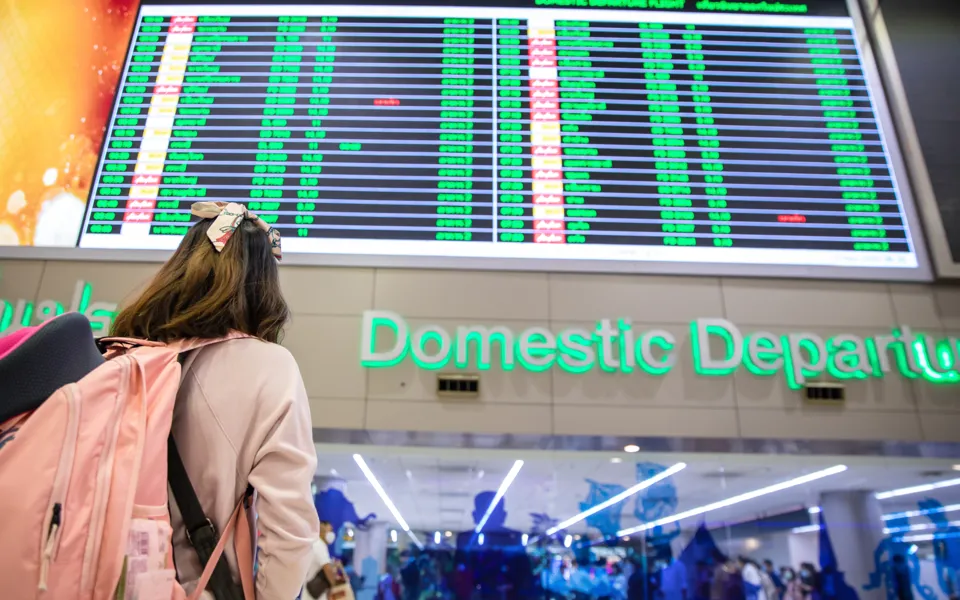
A net zero flight plan for UK domestic aviation
14 Apr 2025
This independent report was funded by the Department for Transport prior to the 2024 UK General Election. The analysis and findings of the report represent the views of the researchers and should not be considered to represent UK Government policy.
The Jet Zero Strategy was published in July 2022, setting out an approach to achieving net zero 2050 (or “Jet Zero”) for UK aviation, including achieving net-zero emissions for domestic aviation by 2040. This report was designed to provide further analysis on decarbonising UK domestic aviation.
UK domestic aviation contributes significantly to the UK economy in terms of jobs, investment, connectivity, and trade. As well as serving business and leisure customers, domestic aviation connects rural communities and delivers vital supplies.
Although emissions from domestic aviation account for less than 5% of the UK’s total aviation emissions, domestic aviation offers a key stepping-stone to achieving net zero across the whole UK aviation sector by the target date of 2050. However, aviation, both domestic and international, is hard-to-decarbonise and faces significant challenges to achieving its net zero targets.
Ricardo’s UK net zero domestic flights study report for the UK Department of Transport, outlines the technological pathways, challenges, and policy actions needed to achieve net zero UK domestic aviation by 2040, focusing on Sustainable Aviation Fuels (SAF), Zero-Emission Flights (ZEF), and Greenhouse Gas Removals (GGR).
The report highlights key insights for consideration to achieve the 2040 domestic flight target, as follows:
-
Sustainable Aviation Fuels:
SAFs are the most viable near-term solution for decarbonising aviation. Technologies like HEFA (a process of refining vegetable cooking oils into aviation fuels) are available, but scaling synthetic kerosene, manufactured by using renewable energy, will be critical to meeting the net zero target. Barriers to overcome include limited production infrastructure, high costs, and supply constraints. Policies such as stricter SAF mandates and sustainability standards for domestic aviation alongside investment in production capacity to lead the transition could be considered. -
Zero-Emission Flights:
ZEF technologies (aircraft using battery-electric, hydrogen fuel cell, and hydrogen combustion propulsion) hold long-term potential but face the challenge of slow fleet turnover. However, short domestic routes are a key niche for early adoption. Standards, airport upgrades, and incentives should be explored to accelerate ZEF readiness. -
Greenhouse Gas Removals:
Residual emissions require GGR solutions. While not yet commercially scaled, GGR policy support and funding are growing. The sector should integrate GGR into offset strategies and support robust carbon accounting frameworks to ensure sustainability. -
Financial Considerations:
Net zero domestic aviation by 2040 could cost ~£513 million, with 75% driven by SAF adoption, 15% by ZEF aircraft acquisition, and 10% by GGR. The sector must prepare for higher SAF costs and explore partnerships,




 Ricardo Sustainability, Clean Energy and Environment
Ricardo Sustainability, Clean Energy and Environment




